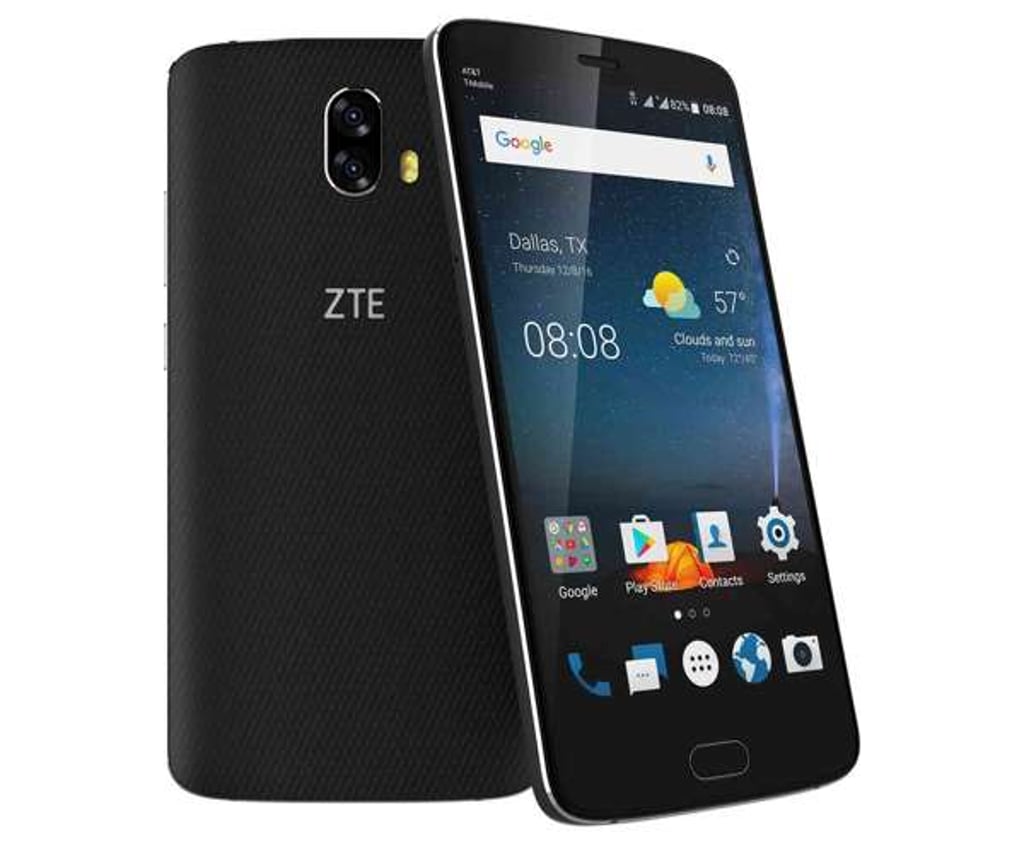Analysis | Chips and software explain ZTE’s settlement of US sanction charges
The telecoms equipment supplier’s goal is to produce more of its own key components to replace those that it buys from foreign suppliers, an analyst say

ZTE Corp, the world’s fourth largest telecommunications equipment supplier by revenue, is estimated to import about US$2.6 billion of hardware and software from suppliers in the United States each year, accounting for up to 30 per cent of its total annual bill of materials.
Shenzhen-based ZTE's recent settlement with the US government over its violation of long-standing trade sanctions on Iran and North Korea reflects how vital the American supply chain means to the Chinese company. The importance extends to US companies like Qualcomm Technologies, which provides chips used in smartphones, as well as Xilinx and Intel subsidiary Altera Corp for their chips used in mobile base stations.
But ZTE is not the sole Chinese technology company that depends on integrated circuits from foreign suppliers.
Lenovo Group, Huawei Technologies and smartphone maker BBK Electronics are huge buyers of foreign technologies. These three companies were ranked among the world’s 10 largest customers of semiconductor products last year, spending a combined US$28.55 billion, up from US$23.65 billion in 2015, according to Gartner’s data.
The US sanctions case may have given ZTE an opportunity to step up its own research and development efforts, supporting the Chinese government’s aggressive push to accelerate the expansion of a home-grown chip industry.

The company’s goal is to provide itself with more key components to replace those that it buys from foreign suppliers, according to Jefferies equity analyst Edison Lee.
